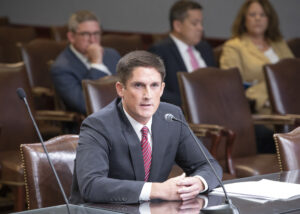Environmental Alert
(by Sean McGovern and Marley Kimelman)
On September 30, 2022, the U.S. Environmental Protection Agency published final definitions of “cumulative impacts” and “cumulative impact assessment” in response to an agency-wide directive to “take steps to better serve historically marginalized communities using cumulative impact assessment.”[1] Cumulative impacts are defined as “the totality of the exposures to combinations of chemical and non-chemical stressors and their effects on health, well-being and quality of life outcomes.” A cumulative impact assessment is “a process of evaluating both quantitative and qualitative data representing cumulative impacts to inform a decision.” Both definitions were published in a final report released by EPA’s Office of Research and Development (ORD).
Draft definitions of the two terms were originally published in January 2020 in an EPA white paper on cumulative impacts that provided definitions, research gaps, barriers to implementing cumulative impact research, and recommendations for advancing cumulative impact research going forward within ORD’s FY23-26 Strategic Research Action Plans. Cumulative impacts were defined as “the totality of exposures to combinations of chemical and non-chemical stressors and their effects on health, well-being and quality of life outcomes.” Cumulative impact assessment was defined as “the process of accounting for cumulative impacts in the context of problem identification and decision-making” requiring “consideration and characteristics of total exposures to both chemical and non-chemical stressors, as well as the interactions of those stressors over time across the affected population.”[2] The final definitions reflect feedback given to ORD by the EPA Science Advisory Board (SAB) on the white paper, and its outlined approach to addressing cumulative impacts in environmental justice (EJ) communities. …
